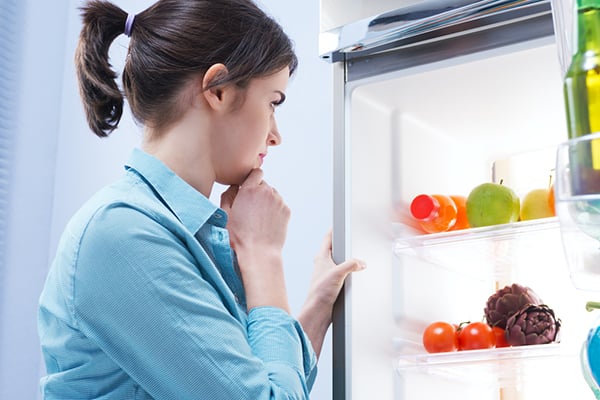Problems arise when the freezer becomes a vast wasteland of unidentifiable, unorganized contents. Frozen foods don’t keep forever -- while some foods remain safe when frozen for long periods, their quality will decline if not eaten within a certain timeframe. Here are some government guidelines for food storage safety to help you know how long you should freeze things.
To avoid food waste, give some thought to how you use and stock your freezer. With a little advance planning and some regular attention, your freezer can be your best kitchen ally for saving time, money, and effort. Here are seven good freezer organization ideas:
1. Label everything that goes into your freezer.
To do this, you can buy freezer labels or you can make your own with a permanent marker and mailing labels, masking tape, or freezer tape. Whichever you decide to use, keep the labeled materials close to the freezer so you have them within easy reach every time you open the freezer door. On the labels, always include the contents of the container and the freezing date. You might also want to include preparation instructions for the contents or a “use by” date. Even if food is pre-packaged and clearly identified, write the date of purchase on the package so you’ll know how long it has been in your freezer.
2. Store sauces and soups in plastic freezer bags
A handy freezer organization tip to maximize storage space is to store sauces and soups in plastic freezer bags. Expel extra air and close the seals tightly, then place the bags flat in the freezer. After the bags are frozen, they are easily stackable and easy to retrieve. Just make sure that the bags you choose are labeled for freezer use. Otherwise, your food might suffer from freezer burn.
3. Freeze food by serving sizes
Another helpful storage and organization tip is to freeze foods by serving size whenever possible. For example, if you are making a big batch of spaghetti sauce, freeze it into portions that are equal to a normal serving size for your family. This way, you won’t have to thaw an entire batch when you only need a portion of it. Ice cube trays are great for freezing things that you usually use in very small quantities, such as lemon juice, tomato paste, and pesto.




